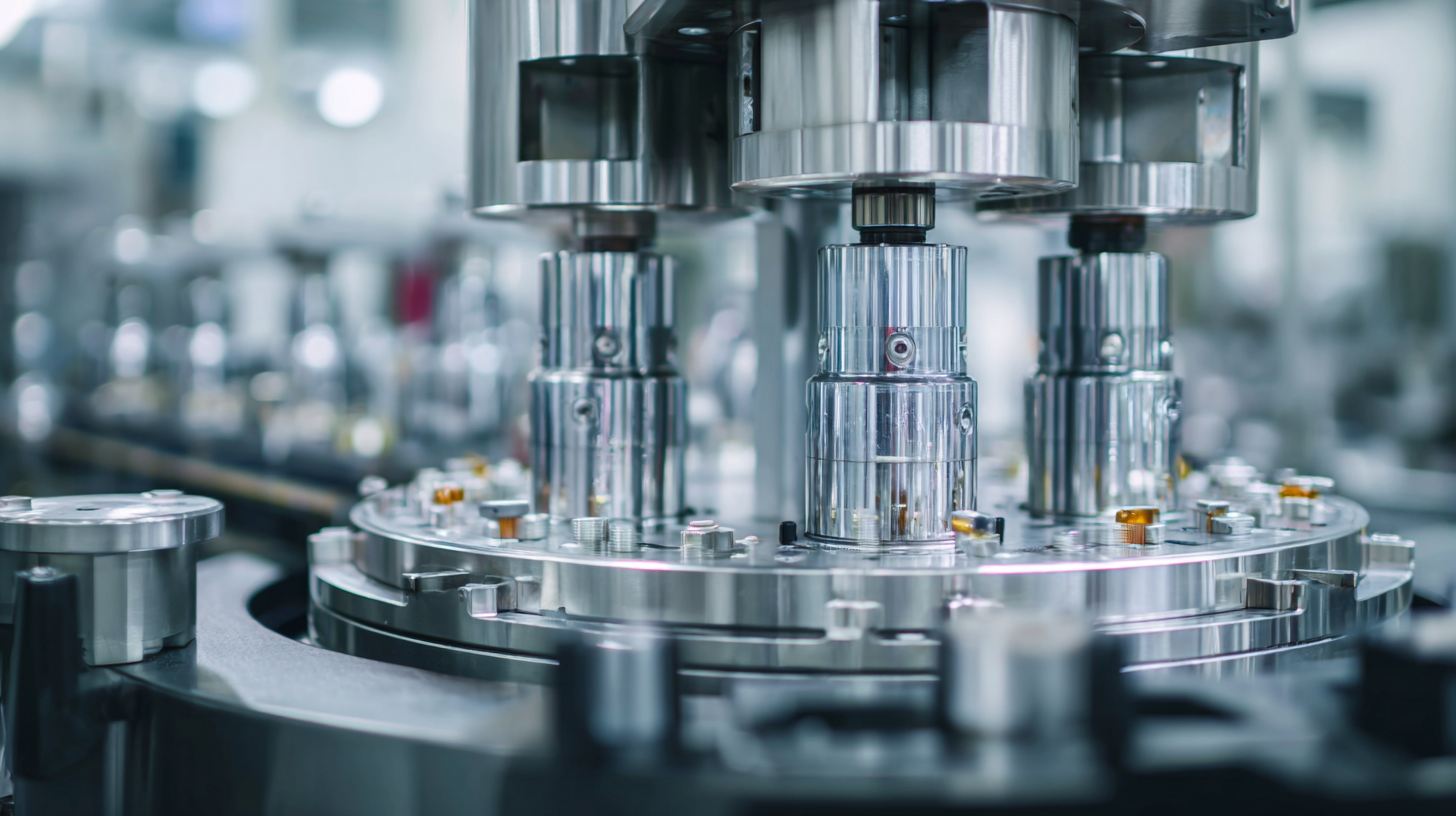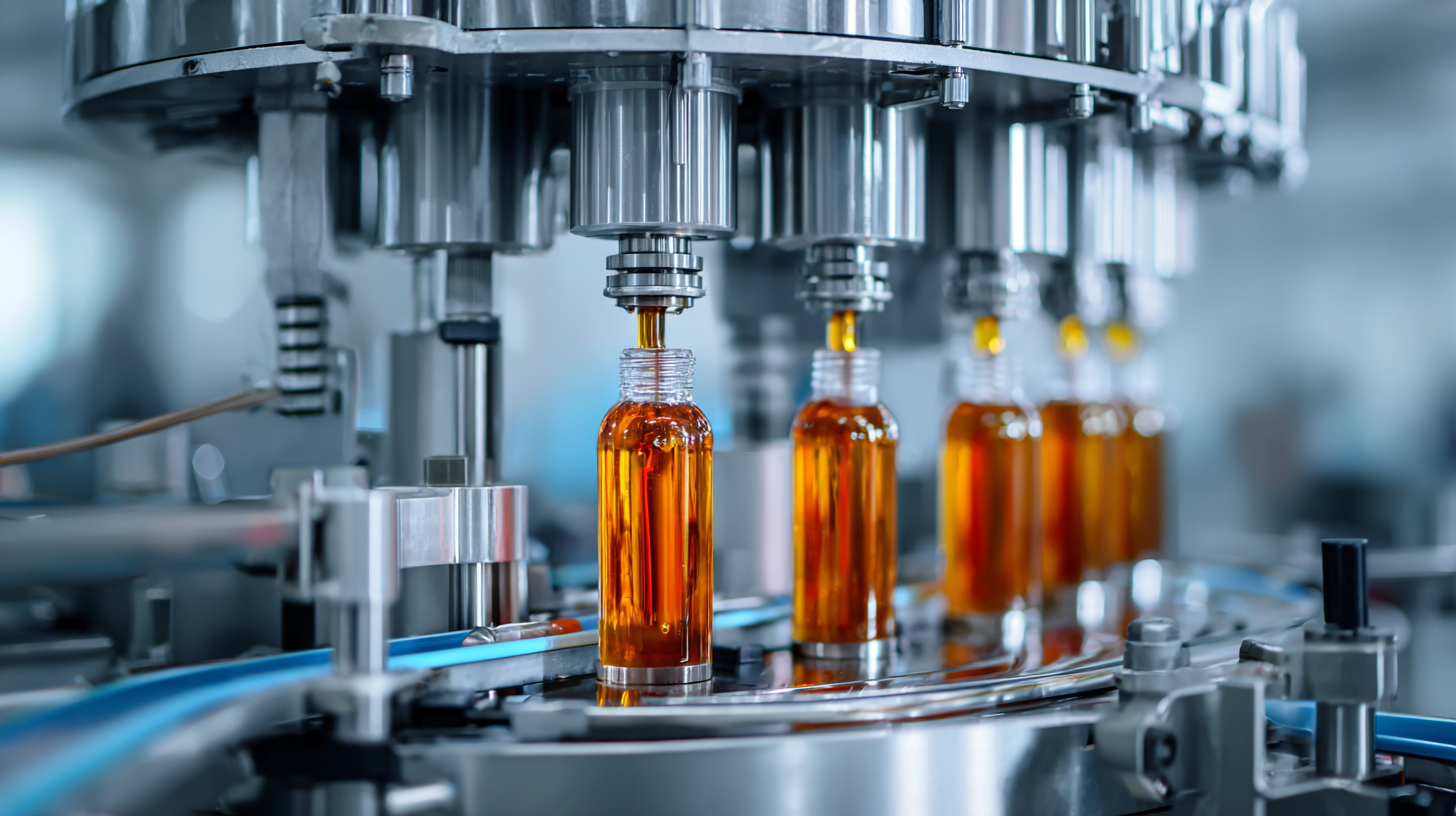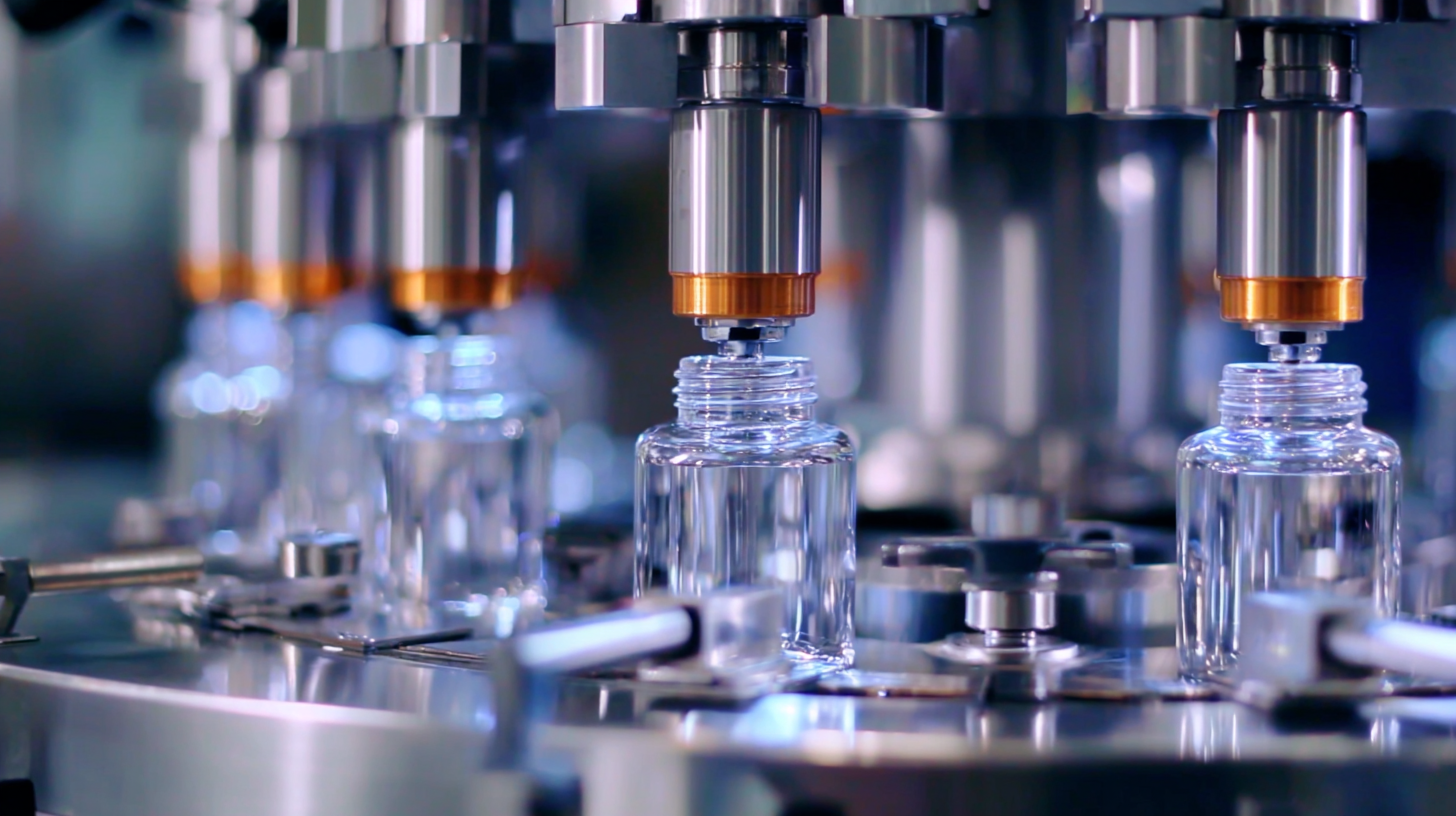Ultimate Guide to Choosing the Best Filling Machine for Your Business Needs
As businesses increasingly seek efficiency and accuracy in their production lines, the demand for high-quality filling machines has surged significantly. According to a recent report by Markets and Markets, the global filling machine market is expected to reach USD 6.47 billion by 2025, growing at a CAGR of 4.5% from 2020. This growth is driven by the expanding beverage and food industries, where the need for precise filling solutions has never been more critical. In the vast landscape of manufacturing, particularly in "实力工厂,中国制造,出口全球," selecting the right filling machine is vital for optimizing operations and ensuring product quality. This ultimate guide will help you navigate through the various types of filling machines to find a solution that aligns perfectly with your business needs.

Understanding the Unique Characteristics of Different Product Types for Filling Machines
When selecting a filling machine for your business, understanding the unique characteristics of different product types is crucial. For instance, liquid products vary significantly in viscosity; thick, viscous liquids like sauces require a different filling mechanism compared to thin liquids such as water. According to a recent industry report from MarketsandMarkets, the liquid filling machine market is expected to grow from $3.2 billion in 2022 to $4.5 billion by 2027, primarily driven by the rising demand for high-quality packaging solutions in the food and beverage sector.

Moreover, dry products such as powders present their own challenges. Filling machines designed for powders must ensure accurate measurement to prevent discrepancies that could affect product quality and customer satisfaction. A 2022 study indicated that up to 20% of businesses experience significant losses due to inconsistent filling of dry products. Choosing a machine that can efficiently handle different shapes, sizes, and flow properties of powdered goods is key to maintaining operational efficiency and product integrity. By considering these specific requirements based on product types, businesses can make informed decisions that cater specifically to their operational needs.
Key Considerations When Selecting a Filling Machine for Liquids, Powders, and Granules
When selecting a filling machine, several key considerations can significantly impact its effectiveness for your specific needs. First, you should evaluate the type of product you are filling. Liquids, powders, and granules each require different mechanisms and technologies for accurate filling. For instance, liquids may need a pump-based filling machine, while powders could benefit from a volumetric or auger-style system. Understanding the physical properties of your product, such as viscosity for liquids or flowability for powders and granules, is essential to ensure optimal performance and prevent issues like clogging or spillage.
Another critical factor is the machine's filling capacity and speed. Depending on your production requirements, you'll want to choose a machine that aligns with your output goals. Machines that offer adjustable filling volumes and speeds provide the flexibility to accommodate varying batch sizes. Furthermore, consider the machine's compatibility with your packaging. Whether you're using bottles, pouches, or containers, ensuring a snug fit will minimize waste and enhance efficiency. Additionally, think about the ease of cleaning and maintenance, as these aspects play a vital role in workflows and overall operational efficiency.
Ultimate Guide to Choosing the Best Filling Machine for Your Business Needs
| Filling Method | Ideal For | Filling Speed (Bottles/Min) | Accuracy | Price Range (USD) |
|---|---|---|---|---|
| Piston Filling | Viscous Liquids | 20-50 | ± 1% | $5,000 - $15,000 |
| Gravity Filling | Thin Liquids | 30-80 | ± 1-2% | $3,000 - $10,000 |
| Auger Filling | Powders | 10-40 | ± 1% | $4,000 - $12,000 |
| Volumetric Filling | Granules | 30-100 | ± 1% | $6,000 - $18,000 |
| Counter Pressure Filling | Carbonated Beverages | 60-120 | ± 0.5% | $10,000 - $30,000 |
Evaluating The Speed and Efficiency of Filling Machines for High-Volume Production
When evaluating filling machines for high-volume production, speed and efficiency are paramount. In today's fast-paced manufacturing environment, the ability to deliver products quickly without sacrificing quality can significantly impact a company's bottom line. The latest technological advancements in filling machine design have introduced variable-speed capabilities, allowing for adaptability based on production needs. This is akin to developments seen in energy-efficient systems, where variable-speed technologies optimize performance under varying conditions, ensuring that machinery operates at optimal levels regardless of fluctuations.
Moreover, as manufacturers prioritize sustainability, the integration of AI-driven analytics in the filling process is becoming increasingly prevalent. These systems can analyze data in real-time, enabling operators to enhance performance by fine-tuning operational parameters to maximize efficiency. Similar to innovations in transportation systems that utilize machine learning for speed prediction, a smart filling machine can adjust its speed dynamically to align with production targets and material flow, reducing waste and increasing throughput. By focusing on these cutting-edge features, businesses can choose filling machines that not only meet their volume demands but also align with modern efficiency and sustainability goals.

How to Match Filling Machine Technology with Your Product’s Physical Properties
When selecting a filling machine, understanding your product's physical properties is crucial. Different products, from liquids to granules, require specific filling technologies. For instance, viscosity plays a significant role in the choice of the filling mechanism. Thicker liquids may necessitate piston fillers, while lighter, more fluid products can be effectively managed by gravity fillers.
Tip: Always conduct a viscosity test to determine which type of filling machine would best suit your product. This will help you avoid costly errors down the line.
Another essential factor to consider is the product's particle size and shape, especially for granular or solid materials. Products with larger or irregular particles might clog equipment if not matched correctly with the filling technology. A machine designed for powder filling may not perform well with chunky or fibrous products.
Tip: Prior to purchasing a filling machine, perform a test run with your product to ensure compatibility. This practice can save time and resources by identifying any potential issues early in the process.
Analyzing Cost-Effectiveness: Balancing Initial Investment and Long-Term Savings in Filling Machines
When selecting a filling machine for your business, it’s essential to consider the balance between the initial investment and the potential long-term savings. While a high-quality filling machine may come with a steeper upfront cost, it often results in significant savings over time. For example, machines that offer faster filling speeds can reduce labor costs and increase production efficiency, leading to higher output without the need for additional manpower. Investing in advanced technology may also minimize downtime due to fewer breakdowns and maintenance needs, which can further enhance productivity.
Additionally, evaluating the long-term savings involves considering factors such as energy efficiency, versatility, and durability. Modern filling machines are designed to be more energy-efficient, which can result in lower utility bills. Machines that are adaptable to various product types and packaging sizes reduce the necessity for multiple pieces of equipment, thereby saving both space and investment in equipment. By analyzing these cost-effectiveness aspects, businesses can make informed decisions that not only fit their current needs but also support future growth and profitability.
